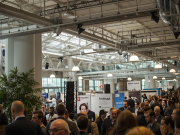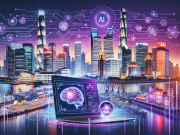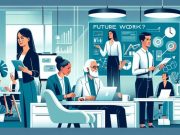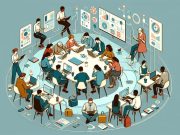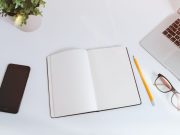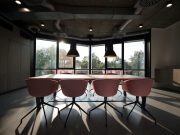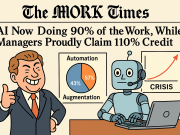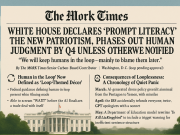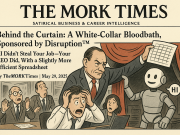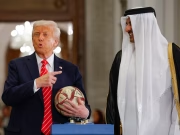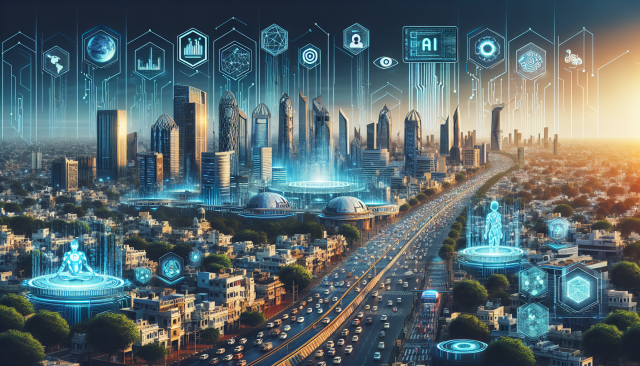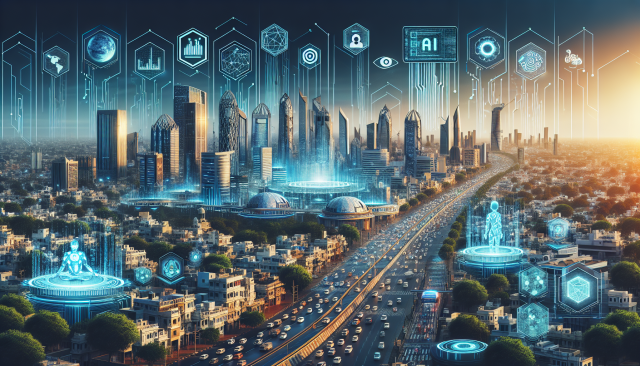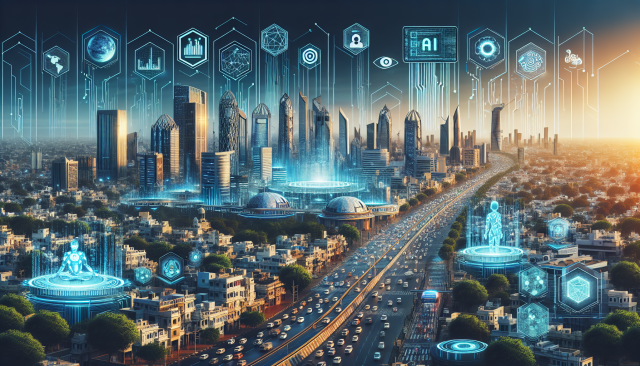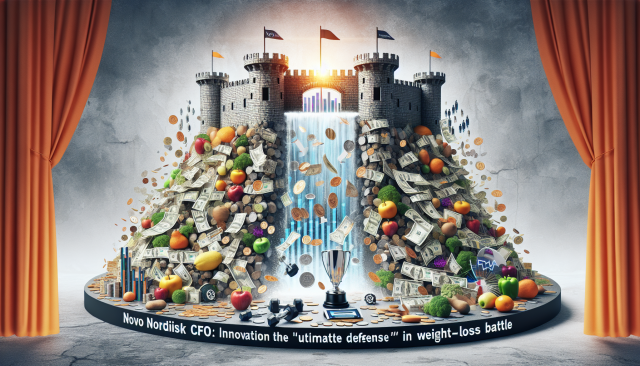ThinkPad X9 Aura: When Professional Rigor Meets MacBook Elegance in the Hybrid Work Age
ThinkPad X9 Aura: When Professional Rigor Meets MacBook Elegance in the Hybrid Work Age
For more than three decades the ThinkPad has carried a visual and ideological certainty: a boxy, utilitarian blackness whose contours signaled seriousness and a commitment to productivity. The fully realized ThinkPad identity — the firm click of a keyboard, the red TrackPoint, the unapologetic rectangle — became shorthand for work. That lineage has been a rare constant in a consumer technology world defined by shapeshifting fashion. With the X9 Aura edition, Lenovo is signaling something more audacious than a new model number: a deliberate reimagining of what a professional laptop can look like, and who it might try to win over.
The Design Pivot Where Form and Function Meet
Design changes that matter to the world of work rarely happen as stylistic flourishes alone. The X9 Aura’s sleeker lines, softer edges and lighter appearance are more than cosmetic; they are an admission that aesthetics influence procurement, adoption and the rhythms of daily use. For years, professionals who wanted a MacBook’s minimalism and a ThinkPad’s feature set were forced to choose. The X9 Aura is, in spirit, an answer to that choice.
This is not a betrayal of heritage. Instead, it reads like a negotiation: maintain the tactile and security features that made the model a workplace staple — the tactile feedback of a well-engineered keyboard, the presence of a physical privacy shutter, a fingerprint reader, a durable hinge — and wrap them in a silhouette that does not look out of place on a café table next to a tablet or a designer’s sketchbook. The result is a product that speaks both to procurement officers and to the individual contributor who wants a machine that reflects their personal taste.
Why the Shift Matters to Work
Hybrid work is no longer an experiment. Offices are now curated spaces, and workers carry their desks with them. What someone brings into a meeting room or places on a coffee shop table communicates as much about their role and their organization as a jacket or a business card. When device appearance becomes part of professional identity, vendors who can merge corporate features with consumer-level design will have an advantage.
The X9 Aura’s arrival suggests three strategic priorities for modern work devices:
- Convergence of markets: The lines between enterprise and consumer hardware continue to blur. Devices must be both manageable at scale and desirable at first glance.
- Human-centric value: A device’s look and feel directly affect adoption, care, and the way it is used across public and private contexts.
- Recruitment and retention: Technology choices are part of employer branding. Offering devices that match contemporary aesthetics can be a small but meaningful signal to potential hires.
Keeping the Things That Matter
In reshaping a brand icon, there is always a danger of losing what made it indispensable. The X9 Aura appears to have approached that risk as an engineering challenge rather than a marketing problem. Maintaining a high-quality typing experience reinforces the idea that this is a machine for sustained work, not mere consumption. Retaining thoughtful port selection and security features preserves the device’s role in the enterprise ecosystem where docks, external displays and identity protections still matter.
Durability also plays an outsized role in the economics of work computing. A polished exterior that chips or ages quickly will not serve the cost-conscious IT manager. The Aura’s choice of materials and finishes, then, must deliver on both appearance and longevity — a balancing act that has implications for warranty costs and lifecycle planning.
For CIOs, IT Managers and the People Who Use Devices Every Day
From a procurement perspective, the X9 Aura forces a useful conversation about what employers value in technology. Devices remain capital investments, yet employees increasingly view their laptops as expressions of identity. That dynamic makes procurement more complex but also opens the door to higher satisfaction and longer device retention if needs and wants are better aligned.
IT managers will want to validate that the reinterpretation of the ThinkPad aesthetic did not produce regressions in manageability — BIOS and firmware controls, remote update systems, asset tagging and repairability. But the larger story is about the psychology of interfaces: when an employee enjoys their device’s look and feel, the software experience becomes more persuasive, adoption of standardized tools rises and the friction of remote onboarding often falls.
What This Means for the Broader Device Market
The X9 Aura signals an industry reality: the marketplace that once separated the strictly corporate from the strictly consumer laptop no longer exists. Devices must be ready for secure corporate use, while also being attractive enough to travel a worker’s daily routine without causing cognitive dissonance.
For other manufacturers, the lesson is not simply to chase aesthetics but to integrate them deeply with professional needs. A polished exterior without thoughtful engineering inside — battery life that falls short, keyboards that compromise typing speed, or thin frames that sacrifice repairability — will fail to meet the practical tests set by organizations and individuals alike.
Trade-offs and Tensions
Every design pivot brings trade-offs. Slimmer enclosures can reduce internal space for thermal dissipation, potentially influencing sustained performance. A move toward lighter materials can increase costs or complicate repairs. And as devices adopt more consumer-friendly finishes, organizations must weigh the risk of cosmetic wear and the associated replacement curves.
Yet trade-offs are not reasons to avoid change. They are reasons to ask sharper questions: Which attributes of a device produce the most value in the course of work? When does aesthetic appeal drive measurable productivity or retention improvements? How does a device’s feel alter an employee’s relationship with tools and tasks?
Design as a Strategic Lever
ThinkPad’s reimagining is, quietly, a strategic move. It recognizes design as a lever in talent competition, sustainability commitments and product lifecycle economics. For organizations, the X9 Aura offers an opportunity to rethink device programs: matching the right machines to roles, offering choices that reflect personal taste within managed frameworks, and using hardware as a tool for employer branding.
There is also a sustainability angle. Devices that people value and keep longer reduce churn. If the Aura’s aesthetic upgrades encourage longer retention without sacrificing repairability, the net result could be a small but meaningful improvement in corporate environmental impact.
A New Chapter, Not a Blank Page
What makes this transition noteworthy is its restraint. The ThinkPad X9 Aura does not jettison the familiar in pursuit of trendiness. Instead, it carefully layers modern visual language over a bedrock of practical features. That restraint will matter in corporate purchasing decisions: organizations reward reliability and punish fads.
At the same time, the X9 Aura’s design choices invite a different kind of user into the ThinkPad world — people who might previously have dismissed the brand on the basis of appearance alone. That expansion could reshape who sits in teams that use ThinkPads and how those devices are perceived across industries.
Looking Ahead
The most interesting question is not whether the X9 Aura is an appealing laptop — it is — but what it portends. As work becomes more portable and more visible, hardware that blends professional functionality with consumer-grade aesthetics will become a default expectation. The challenge for manufacturers will be to deliver that synthesis without diluting the qualities organizations depend on.
Lenovo’s move is a reminder that iconic products can evolve while retaining their core value. In the shifting tectonics of hybrid work, brands that understand both the practicalities of enterprise IT and the human desire for attractive tools will hold the advantage. The X9 Aura is not simply a new ThinkPad; it is a statement about how work hardware can adapt to the aesthetics of modern life without sacrificing the necessities of professional use.

